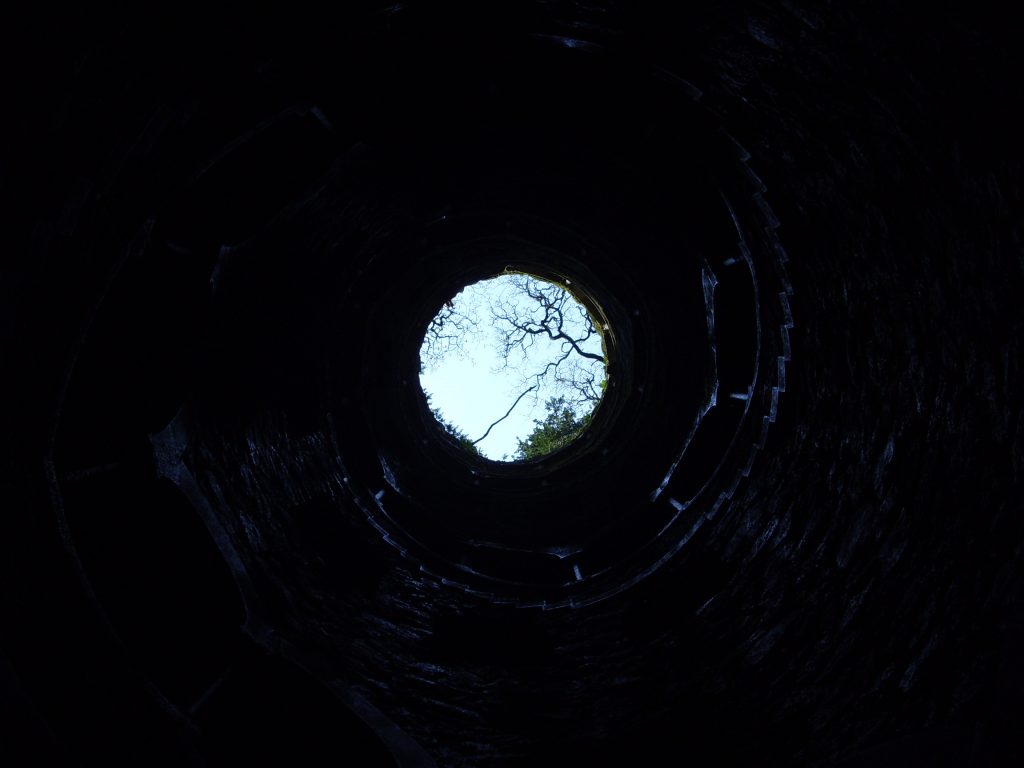
Buyers considering houses in rural settings will frequently encounter houses available which receive their water from wells. With houses drawing municipal sources, there’s an assumption that the water at the residence will be easily available and meet the security standards of their municipality.
However, with well water, you can’t make any assumptions about its contents. Beyond water quality, other issues can arise with these water containers that you need to know of and look for until you agree to buy the house.
Whether you want to buy or sell, with or without agents, there are always questions that appear about analyzing the water if a house is serviced with a private well.
If you’re buying a house that’s safeguarded by a well rather than by public water then you better make damn sure that you get it analyzed as part of your contingency of the sale!
When you’re testing the water, then you’re likely to need to perform what’s called quality and amount evaluation. Both these evaluations are equally critical as you should be certain that the water is protected but also you will have enough to support the home correctly.
Among the key concerns, you need to have as a buyer buying a house with a well would be to inspect the number of water that’s being delivered into the home in addition to the quality. Keep reading for some of the greatest suggestions for assessing on nicely quality and quantity while purchasing a house.
In most places, it’s the purchaser’s responsibility to examine the quality and amount of this well.
In certain areas, the owner of the house will also have to get a license to possess the nicely, a license that you are going to want to find out before you purchase if it’s new construction.
You ought to find the well analyzed.
Check the well quality
Do not get a house without having the water source tested. The well or the 3000 litre water tank is under the list of extremely important items you need to inspect when buying a house. There are a couple of tests which may be conducted, the most evident of which is just one for water security and purity. A water sample will be taken in the tap in the house and then delivered to a skilled water testing laboratory to find a very clear idea about exactly what it contains. You’ll get a report by the laboratory that details the water outcomes.
The laboratory will normally show you exactly what the water comprises as well as exactly what the death limit is for every component. You are going to wish a water specialist that’s knowledgeable about the region to look over the outcomes that will assist you to understand them, as water requirements may fluctuate quite a bit in various locations.
Standard water evaluations will normally check for these matters as PH, hardness, alkalinity, and turbidity. Standard nutrient testing will frequently include things like calcium, iron, manganese, copper, fluoride, chloride and many others. Coliform bacteria are also generally assessed in many wells valuations especially in rural locations.
Check the capacity of the well
In most places, it’s compulsory that the well produces 3-5 gallons per minute. Generally, for elderly houses, a 3-gallon minimal is necessary and for new houses 5 gallons per minute. You might also have the flow speed and the return of the well analyzed by specialists with the ideal gear. Just because a water source, whether it is a well or a 10000 litre water tank is clean, ‘safe’ drinking water doesn’t signify that it includes sufficient water to satisfy the requirements of your household.
There are two or three methods to test the quantity of water from the well. The first is water storage capability. A conventional 6-inch diameter drilled well can save 1.5 gallons of water a foot. If it’s possible to learn the thickness of this well, the degree of the pump and water depth, you will have the ability to find out the water storage capability.
When assessing a well’s water source, the very first test done is often a leak rate test. The flow denotes the total amount of water coming out of the well, and also the flow rate measures the gallons per second being dispersed. The typical home requires 100 to 120 g per person each day along with a leak rate of approximately 6 to 12 gallons per second. The need could be if a big family is generating more water requirement.
Prior to purchasing, it’s crucial to be aware that the well will produce enough water, the circulation speed, and general capacity, to fulfil the requirements of your house for the long haul. Otherwise, you’ll discover yourself having to drill a second well — or await the well to refill, and this may have quite a while.

Things to Do When The Well Quantity Fails
So what happens in the event that you’ve found your dream house, you examine how well, and it fails? Do not despair hope isn’t lost, however. There are ways that you can efficiently correct a well which has neglected the quality test. Two common ways of fixing well volume issues are:
- Drilling a new well — You will see a new place on the lot and place a completely new well system to the floor. The goal, clearly, is to strike a fantastic water supply. Drilling a new well could be costly. The expense of drilling a new well may fluctuate substantially. Determining factors include where you’re located, the states of the soils and also just how heavy the well needs is to create a continuous supply of water. Plan on spending anywhere from $5,000-$15,000 drilling a new well.
- Hydrofracking — Hydrofracking is just another process to repair water volume problems with your own well. The procedure involves injecting high-pressure water through the drilled well to the stone formations surrounding it. The purpose of hydrofracturing would be to expand fractures in the bedrock and expand them further in the formation to grow the system of water-bearing fissures providing water into the well.
Fairly often hydro-cracking is going to be prosperous, and you won’t have to drill a new well. It is, nevertheless, only acceptable for wells receiving their own water supply from water going through cracks and fissures in present bedrock.
The house should have an acre or 2 for the well
If the house includes a well, then it also has a septic system — that processes the waste made by the house. Septic systems are nearly sure to fail given time; blocked drain, degraded components. This often signifies waste is leaking from the machine and to the surrounding surfaces. When there’s less than an acre of land, the well and septic system are most likely near enough that the septic system flow may contaminate the well.
Get a house that drilled the well
A drilled well is constructed with specific gear and goes down 100 ft or longer. In the minimum, a drilled well will probably be over 40 feet deep generally. A drilled well is generally easy to comprehend because there’ll be a pipe sticking out of the floor at the very least a foot or longer, using a thick cap onto the end of it.
Most houses may have drilled wells, but sometimes you may run across a house using a dug or bored well. Such wells are not as reliable and more vulnerable to contamination. You don’t want anything aside from a drilled well.
Inquire about the age of the well
The normal lifespan of a good well is 30-50 decades, even though they could last longer or shorter depending on various conditions. If the well you’re purchasing is more than 20 years old, you ought to at least variable in replacing the components that commonly neglect into your home buying budget. In the event that the well is 15 years old or older, then you should probably consider budgeting replacement components like a pump or even pressure tank.
It’s fairly common for pumps to survive less about ten decades or so.
The well and the septic system must be at least 100 feet apart.
As mentioned above, the septic system may leak, which may make its way to your water. A fantastic general principle is that every system ought to be separated from one another by 100 ft or longer. If you happen across a house where the septic system is rather near the well, it’s ideal to refrain from purchasing the house. This is why routine drain inspection should be conducted yearly to determine if relining the sewer pipes are necessary. This, however, is uncommon, because most municipalities don’t permit such clear offences.
The well cover ought to be faulty or on flat ground.
Each of the contaminants which fall on the floor, such as oil and dirt out of the driveway, or manure from livestock, will flow and may contaminate a well in which water pools around the floor. You would like your well to be found on a flat surface or faulty so that contaminants don’t collect along with it.
Last Ideas
Taking the opportunity to check the quality and amount of water is equally important when buying a property that is for sale. You will find far more homeowners that find out the hard way after buying a house having skipped those vital home inspection evaluations. Do not make the very same mistakes many other buyers have left. Get the hot water analyzed as part of your review due diligence!












